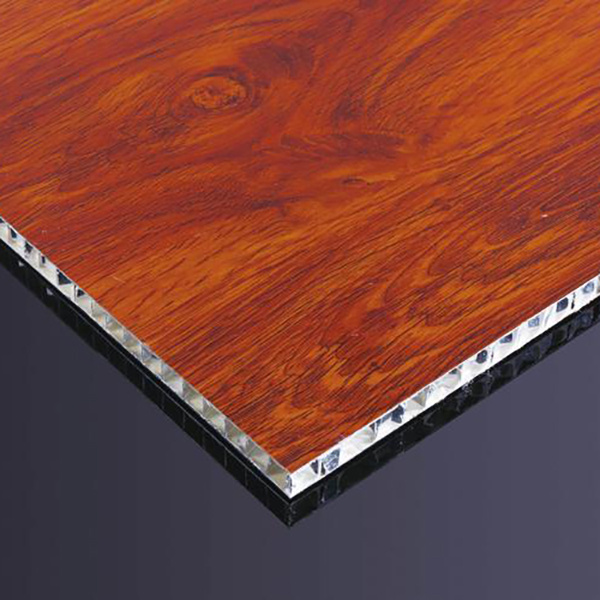High-pressure laminate (HPL) honeycomb panels have gained huge attention in various industries due to their unique properties and versatile applications. The panels feature a honeycomb core structure sandwiched between layers of HPL, creating a lightweight yet strong material. In this blog, we will explore the pros and cons of HPL honeycomb panels to help you make an informed decision for your next project.
One of the most significant advantages of HPL honeycomb panels is their excellent resistance to compression. This property makes them ideal for applications where structural integrity is critical. Whether used for furniture, wall panels, or even flooring, these panels can hold a lot of weight without affecting their shape or performance. This strength is particularly useful in commercial environments where durability is a key consideration.
In addition to its impressive strength, HPL honeycomb panels are also moisture-resistant. This feature is critical in environments with high humidity or exposure to water, such as kitchens and bathrooms. The moisture-resistant properties of these panels help prevent warping and degradation over time, ensuring your investment remains intact. This makes HPL honeycomb panels a popular choice for residential and commercial applications.
Another significant advantage is their anti-corrosion properties. HPL is inherently resistant to a wide range of chemicals and environmental factors, making it suitable for use in industrial settings where exposure to irritating substances is common. This resistance not only extends the life of the panels but also reduces maintenance costs as they do not require frequent replacement or repair. The longevity of HPL honeycomb panels makes it a cost-effective solution in the long run.
Additionally, these panels are designed to be impact resistant, meaning they can absorb impacts and resist damage from daily wear and tear. This feature is especially beneficial in high-traffic areas where surfaces are more susceptible to bumps and scratches. The durability of HPL honeycomb panels ensures they remain beautiful and functional even in challenging environments.
However, the disadvantages of HPL honeycomb panels must also be considered. The main disadvantage is that composite HPL panels can easily deform if not installed or maintained properly. This problem can be caused by exposure to extreme temperatures or humidity levels. To reduce this risk, manufacturers often equip the panels with profile reinforcements on both sides, which help maintain their shape and integrity. This added feature ensures the finished product meets high quality standards and minimizes the chance of peeling or warping.
In summary, HPL honeycomb panels offer a range of advantages, including pressure resistance, moisture resistance, corrosion resistance and impact resistance. These features make them an excellent choice for a variety of applications, from furniture to wall panels. However, potential buyers should be aware of the risk of deformation and take necessary precautions during installation and maintenance. By understanding the advantages and disadvantages of HPL honeycomb panels, you can make informed decisions that match your project requirements and expectations. Whether you're looking for durability, aesthetics, or cost-effectiveness, HPL honeycomb panels are worth considering for your next investment.
Post time: Oct-17-2024







